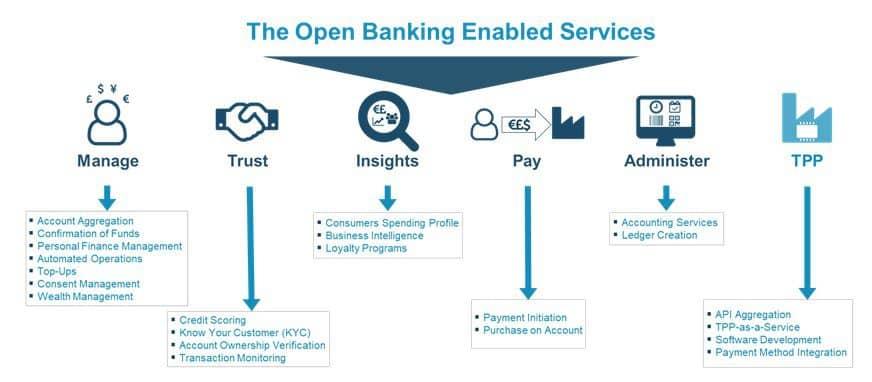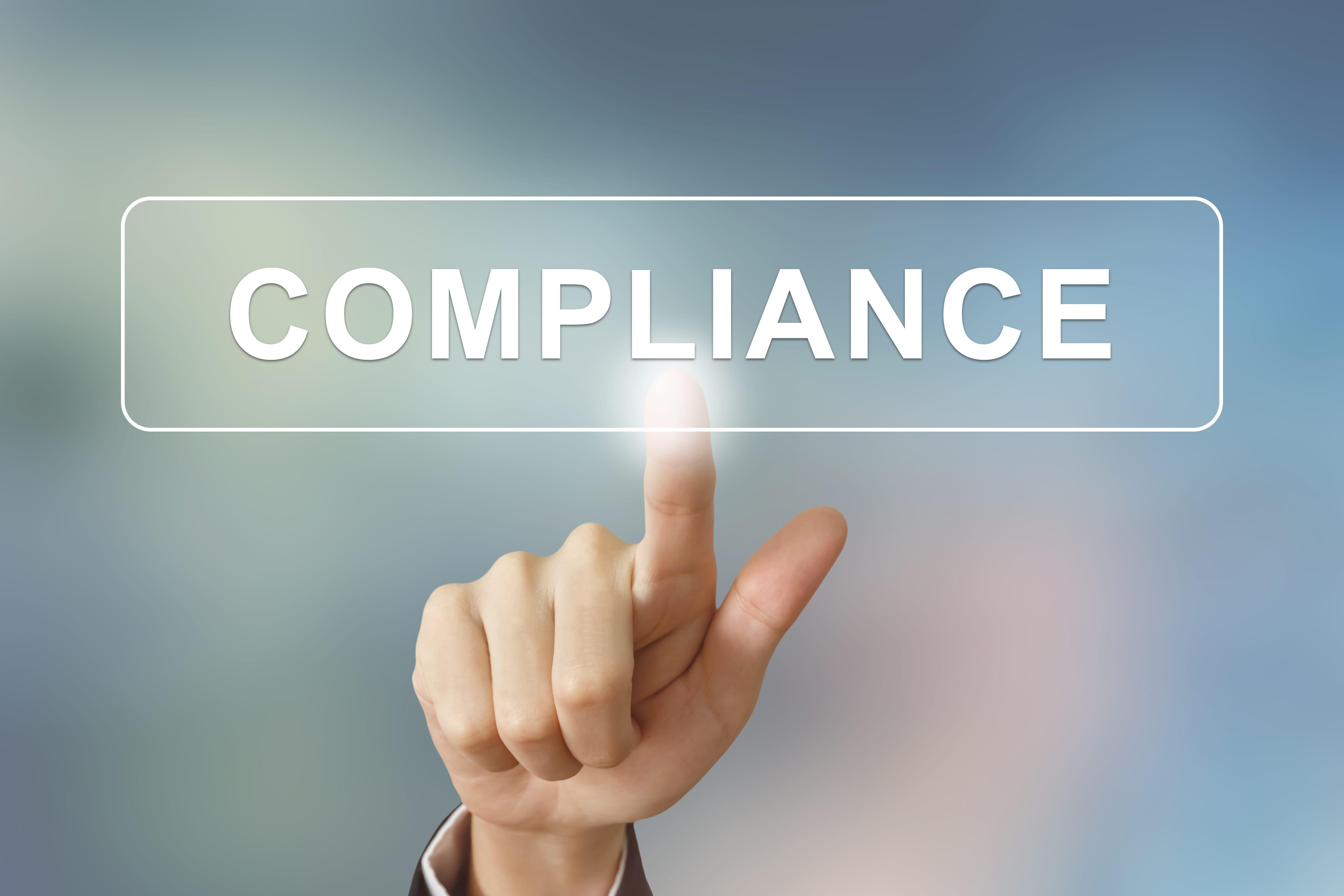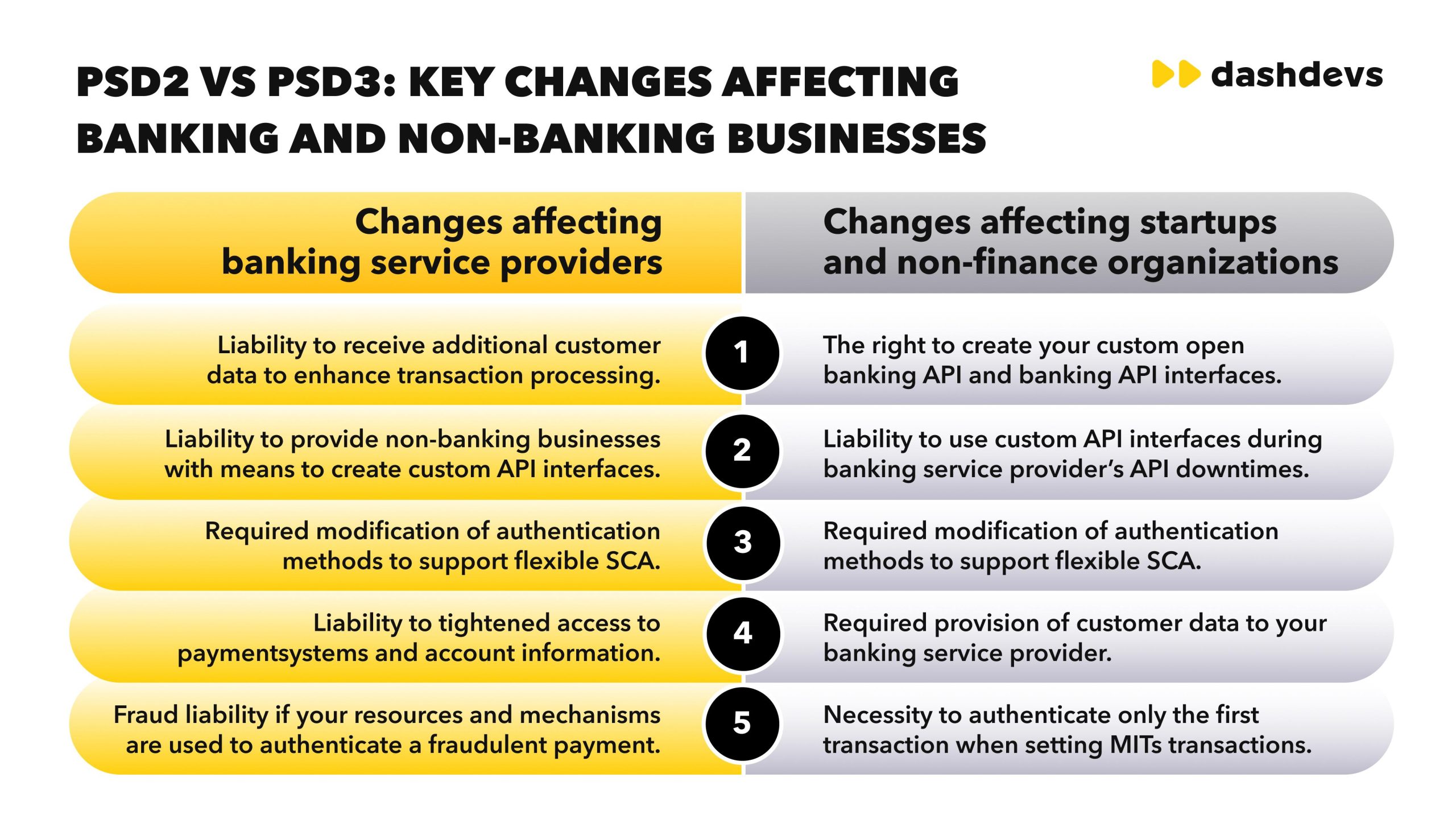In the rapidly evolving landscape of financial technology, the European Union is once again poised to make waves with the anticipated upgrade of the Payment Services Directive (PSD3). As digital transactions become an integral part of everyday life, this legislative overhaul aims to enhance the security, efficiency, and accessibility of payment systems across member states. By reinforcing open banking principles and fostering innovation, the PSD3 seeks to create a more competitive marketplace and empower consumers with greater control over their financial data. In this article, we will explore the key features of the PSD3 upgrade, its implications for consumers and businesses alike, and how it signifies a bold step forward in the EU’s commitment to shaping a modern, inclusive financial ecosystem.
The Evolving Landscape of Digital Payments: Understanding the Impact of PSD3
The upgrade to PSD3 aims to create a more secure and user-friendly landscape in digital payments, building on the successes and addressing the shortcomings of its predecessor. With an emphasis on consumer protection and fraud prevention, PSD3 introduces robust frameworks that not only enhance trust in digital transactions but also foster innovation among payment service providers. Key components of this upgrade include:
- Stricter authentication protocols to minimize risks of fraud.
- Enhanced data privacy measures that empower consumers with greater control over their personal information.
- Support for new technologies, including blockchain and cryptocurrencies, encouraging a more diverse payment ecosystem.
Moreover, PSD3’s commitment to interoperability among different financial institutions and payment systems sets the stage for a more inclusive marketplace. The regulation includes guidelines that simplify the integration of third-party providers, ensuring seamless transactions across various platforms. This evolution in the payment landscape could drastically reshape consumer engagement and foster greater competition, as illustrated in the table below:
| Feature | PSD2 | PSD3 |
|---|---|---|
| Consumer Authentication | Basic 2FA | Stricter regulations |
| Data Privacy | Limited rights | Enhanced consumer control |
| Payment Provider Access | Standardized | Open and interoperable |

Enhancing Consumer Trust and Security in Open Banking Initiatives
As the landscape of open banking evolves, consumers are increasingly concerned about the security of their financial data. The recent upgrade to the Payment Services Directive (PSD3) aims to bolster this trust by implementing robust authentication measures and stringent data protection protocols. By enhancing the transparency of transactions and clearly delineating consumer rights, the new regulations empower users to make informed decisions about their personal information. This approach not only mitigates risks associated with data breaches but also cultivates a culture of accountability among financial institutions, fostering greater confidence in the services offered.
Moreover, the emphasis on standardized security frameworks under PSD3 facilitates a harmonious ecosystem where both technical and operational aspects of security are aligned across different jurisdictions. Key features that contribute to this fortified landscape include:
- Innovative Identity Verification: Multi-layered authentication processes help solidify user verification.
- Data Access Consent Management: Clear protocols that enable consumers to control who accesses their data.
- Efficient Dispute Resolution: Rapid resolution mechanisms for consumers to handle complaints regarding unauthorized transactions.
To further illustrate the significance of these enhancements, consider the following table summarizing consumer perspectives before and after the implementation of PSD3:
| Consumer Concern | Before PSD3 | After PSD3 |
|---|---|---|
| Data Privacy | Low confidence | Increased assurance |
| Transaction Security | Vulnerable | Enhanced protection |
| Regulatory Support | Limited acknowledgment | Stronger advocacy |

Navigating Compliance: Best Practices for Financial Institutions Post-PSD3
As financial institutions pivot to meet the new demands established by PSD3, it is crucial to adopt a robust compliance framework that addresses the evolving regulatory landscape. Institutions should focus on integrating comprehensive compliance management systems that facilitate real-time monitoring of transactions and customer interactions. A few best practices include:
- Regular Training: Implement ongoing training for staff to stay updated on compliance requirements.
- Stakeholder Engagement: Foster collaboration among departments to ensure a unified approach to compliance.
- Technology Integration: Utilize advanced technologies such as AI and machine learning to enhance compliance monitoring.
Furthermore, establishing a transparent communication channel with regulators can significantly ease the compliance process. Institutions should proactively engage in dialogue and seek feedback, which could also inform policies and strategies moving forward. Creating a concise compliance checklist can help ensure that all aspects of PSD3 are thoroughly addressed. An example might include:
| Compliance Aspect | Action Required |
|---|---|
| Data Protection | Implement stricter data access controls |
| Customer Consent | Review consent processes for open banking services |
| Transaction Monitoring | Enhance real-time fraud detection mechanisms |

Future-Proofing Payments: Innovations and Opportunities in the EU Market
The impending rollout of PSD3 represents an exciting new frontier for payments and open banking throughout the European Union. As financial technology rapidly evolves, PSD3 not only promises to enhance user experience but also introduces robust security measures and greater flexibility for consumers and businesses alike. With the emphasis on interoperability, financial institutions will be compelled to innovate continuously and tailor their offerings to meet the diverse needs of customers across various sectors. This evolution paves the way for a more inclusive finance ecosystem where both traditional banks and emerging fintech companies can thrive side by side.
Key innovations and opportunities arising from PSD3 will include:
- Enhanced Consumer Control: Users will have greater command over their financial data, able to select which services can access their information.
- API Standardization: Creating uniform application programming interfaces (APIs) will facilitate smoother interbank transactions and support new service providers.
- Real-time Payments: With an emphasis on speed, customers can expect to receive funds instantly with minimal friction.
- A Focus on Security: Strengthened authentication protocols ensure that financial data remains safe, minimizing the risks of fraud.
As institutions prepare for the upcoming changes, the market will likely witness a surge in collaboration between banks and technology companies, leading to the development of innovative payment structures. To visualize the potential impact of these changes, consider the following table showing the anticipated benefits per transaction type:
| Transaction Type | Projected Benefits |
|---|---|
| Instant Payments | Increased user satisfaction due to immediate fund availability |
| Cross-Border Transactions | Lower fees and faster processing times |
| Third-Party Services | New revenue streams for banks through open access APIs |
Closing Remarks
As we look to the horizon of financial technology in Europe, the enhancements brought by the PSD3 upgrade mark a pivotal moment in the evolution of payments and open banking. By prioritizing consumer rights, fostering competition, and embracing innovation, the EU is not just modernizing its financial landscape but is also reinforcing the foundations of trust and security in digital transactions. While challenges and adjustments lie ahead for businesses and consumers alike, the commitment to a more integrated and user-friendly system is clear. As we navigate this new era, one thing remains certain: the way we manage and interact with our finances is set to become more transparent, efficient, and empowering than ever before. The future of payments is here, and it’s open for all.
